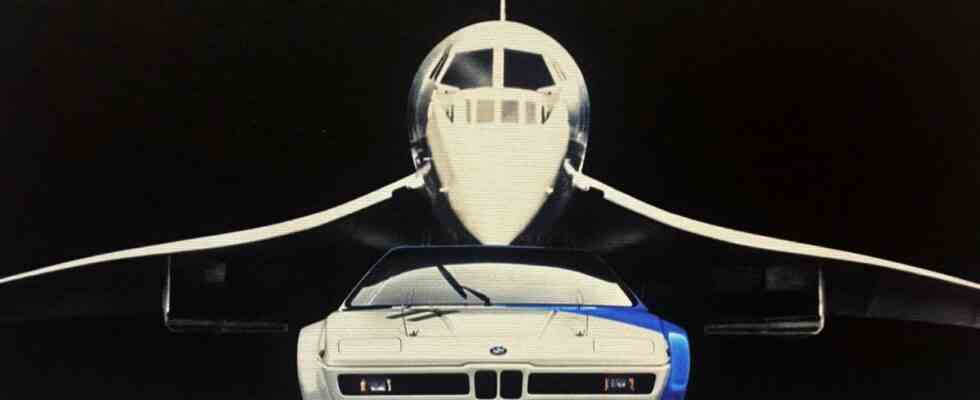Showcasing racing or sports cars in a museum is a challenge. In the Mercedes exhibition in Stuttgart, extra steep curves were made to convey the dynamics of the company’s fastest products. In front of the Porsche Museum in Stuttgart, three huge pillars have been erected, on which three cars shoot skyward. The BMW Museum in Munich dispenses with such gimmicks. Even now, at a special exhibition celebrating the round anniversary of the company’s Motorsport GmbH.
On May 24, 1972 the was founded. The BMW M brand emerged from it, sending particularly high-performance models onto the streets. To mark the occasion, eight stations were integrated into the museum’s permanent exhibition, which attracted more than 650,000 visitors a year in the pre-Corona period. Anyone who believes that the Fridays for Future movement has left scratches on the interest in cars as a cultural asset can see the opposite to the north of the Olympic Park. Brand aficionados are drawn here from many countries: USA, China, Japan. Only the Russians are missing right now. And so the M-Show, which is still running all year, will probably find its audience.
A hit as a racing car in its own series at Formula 1 weekends, but a flop economically: the futuristic M1.
(Photo: BMW)
You can see the iconic M1, which with its futuristic design stood as a symbol for the optimistic belief in technology of the 1970s, and the racing version in the hands of Formula 1 drivers on the Grand Prix weekends in the so-called Procar series caused a stir for two years. Economically, however, the project was a flop, which is not concealed in the exhibition. The production was too complex and took too long. Timing is not only crucial in motorsport.
Strikingly angular: the original M3 from the eighties.
(Photo: BMW)
The boxy original M3 from the 1980s is on display, from which – fans know this – emerged the touring car model that has won the most victories in the world to date. The elegant Coupé 3.0 CSL from the seventies (CSL stands for Coupé Sport Lightweight) can be seen, as can the art car designed by the American word artist Jenny Holzer, which took part in the 1999 pre-qualification for the 24 Hours of Le Mans – the race with which the brand warmed up for its entry into Formula 1.
Sometimes elegant, sometimes brute, sometimes an art object: in the front left a 3.0 CSL, in the background the art car of the artist Jenny Holzer, which was used in the 24-hour race in Le Mans.
(Photo: BMW)
The commitments in the premier class (in the 1980s as an engine supplier for the Brabham team and from 2000 to 2009 first as an engine partner for Williams and then as the owner of the Sauber team) are only touched upon in the exhibition. They were not operated by M GmbH.
Because their business area also includes the individual refinement of bodies, the long version of a seven-series from 2001, designed by fashion designer Karl Lagerfeld, can be seen: with an elegant, shimmering two-tone paint finish, elaborately sewn leather interior and – a sensation at the time – a Fax on board. Interesting prototypes will also be on display until the end of August: for example, an inconspicuous C3 convertible under whose small bonnet the M engineers have hidden a twelve-cylinder engine.
The present could have been so beautiful: Studies of how an M1 and a CSL coupé could look today. Both were not realized.
(Photo: BMW)
Anyone who can get intoxicated by all this will be delighted and will also be delighted with the 300-page book published by curator Andreas Braun at Hirmer-Verlag, full of photos and background information about the allegedly “strongest letters in the world“take away. If you are suspicious of the world of the fenders on display, you will probably remain so after the tour. On the way out, however, everyone will pass two new interpretations of the M1 and the 3.0 CLS, which show that emotions can also be found in car construction are still possible today – but hardly ever go into series production.
M. The strongest letter in the world, BMW Museum in the BMW World, Tue.-Sun., 10 a.m.-6 p.m. (last admission 5.30 p.m.), Am Olympiapark 2, telephone 089/125016001, bmw-welt.com

